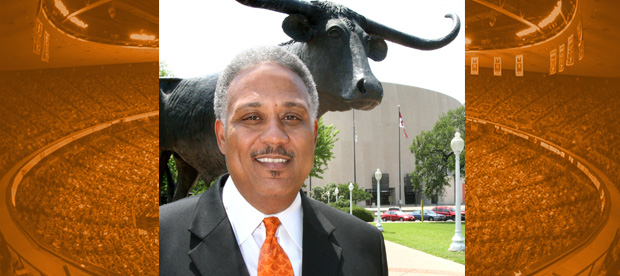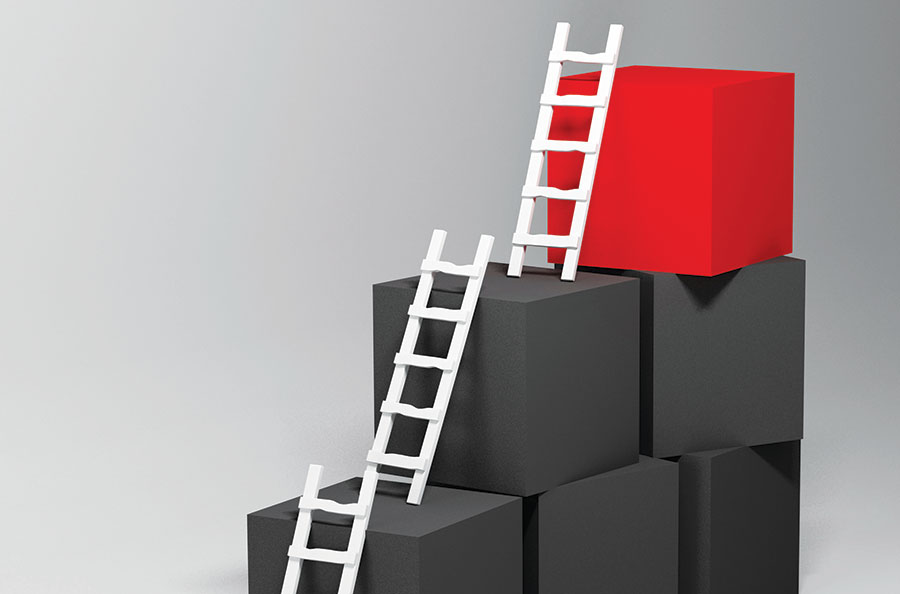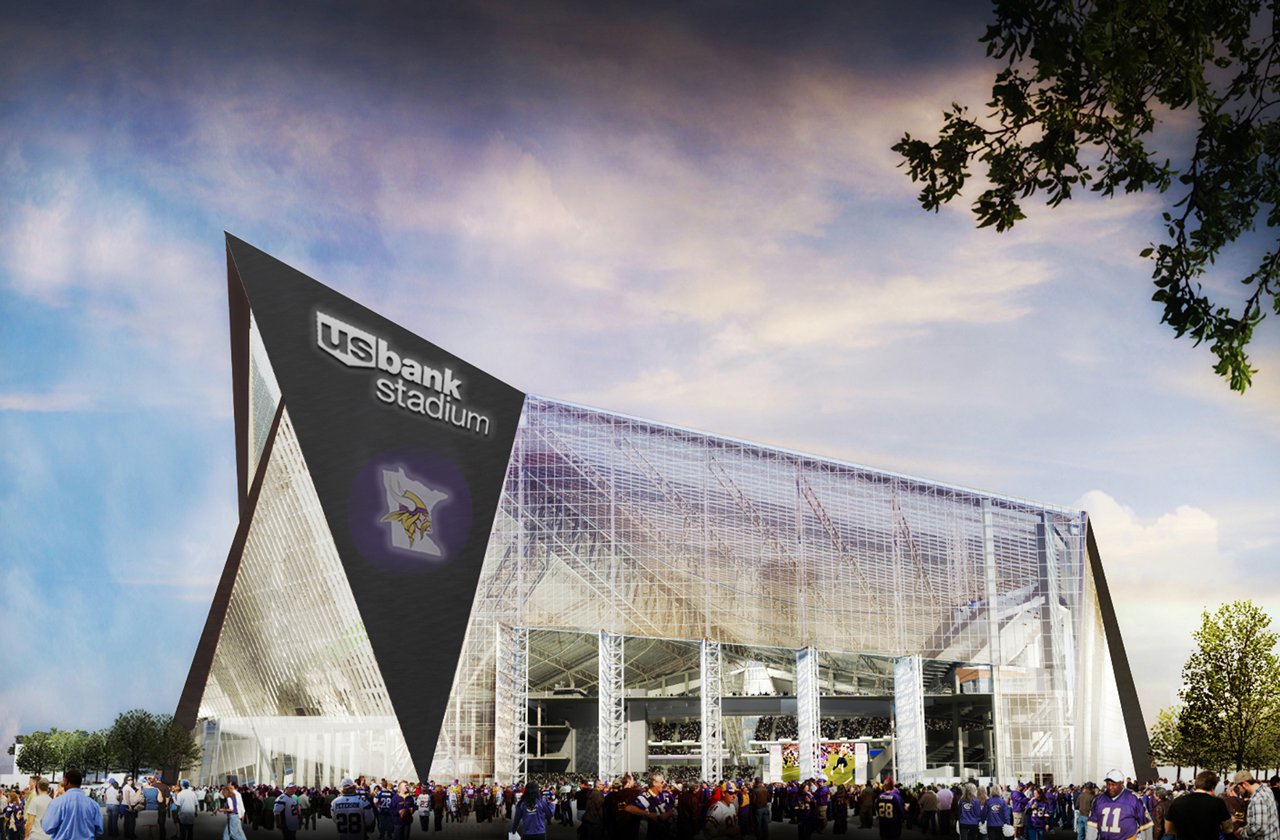Sponsored Story: Pollstar

For more than 30 years, Pollstar has been the Concert Industry’s leading business trade publication. Pollstar manages the world’s most extensive international database of concert tour information and industry contacts, providing reliable and accurate news, box office summaries, route book itineraries, and research for industry professionals.
PollstarPro.com
Since its 2007 debut, PollstarPro.com has raised the bar, creating a new industry standard for customized information searches, box office information, business analysis, artist itineraries and up-to-the-minute business news. This is your go-to database for everything from tour histories to executive contact information. PollstarPro.com includes the content of the Pollstar magazine.
Jimmy Earl, CFE, Honored by IAVM with the Prestigious Charles A. McElravy Award

The International Association of Venue Managers (IAVM) is pleased to announce Jimmy Earl, CFE, senior associate director of the Frank Erwin Center in Austin, Texas, as the recipient of the 2016 Charles A. McElravy Award. The McElravy Award, named in honor of one of IAVM’s founding organizers, Charles A. McElravy, was initiated in 1963 and is granted for extraordinary contributions to the Association and the professional venue management industry it serves.
“Receiving this award is very special to me. To be recognized by peers is the highest honor one can achieve; however, it takes an incredible amount of support from many to accomplish this,” Earl said. “I wish to acknowledge all who have helped along the way—family, mentors, staff, colleagues, friends, and countless others who have been so generous with their time, wisdom, and knowledge. I am humbled and grateful beyond measure to receive this award.”
The award will be presented during IAVM’s annual conference and trade show, VenueConnect, July 23-26, 2016, in Minneapolis, Minnesota.
“Jimmy Earl, CFE, is a man with a giant heart and a giant passion for IAVM. He inspires me and so many of us in the industry each and every day,” said Karen Totaro, CFE, general manager of the Atlantic City Convention Center and 2015-2016 IAVM Chair. “A huge highlight of my year as Chair for IAVM was having the opportunity to advise Jimmy of the unanimous vote by the Board of Directors to extend the McElravy Award to him. Join me in a toast to one of our most esteemed colleagues, Jimmy Earl, CFE!”
An Interview With SearchWide’s Mark Gnatovic on IAVM’s Search for Its Next President and CEO

The IAVM Executive Committee continues to work with SearchWide, our selected executive search firm, to forge the path for selecting IAVM’s next president/CEO. I want to thank the members for reaching out and sharing their thoughts and ideas as it reassures me of the importance this decision will have on our future. The entire board is committed to ensuring we find a leader that will be the right person to embrace our passion for this industry and maximize deliverables for the members. SearchWide not only has the experience in conducting executive searches within our industry, they have also conducted searches with other member-driven industry associations and have first-hand knowledge of our association.
To understand more about finding our next president/CEO, we spoke with Mark Gnatovic, senior vice president at SearchWide, who will lead the search efforts with the executive committee.
What is SearchWide’s background?
Mark Gnatovic: We are an executive recruiting firm that partners with our clients at a very high level. It is not just about moving talent, but understanding our client’s expectations and aligning that with a candidate’s experience and career aspirations. We seek those that are happy but curious to their next career move through a very proactive approach.
Our experience touches the convention, event, travel, and tourism industries. We are aligned within the greater segments IAVM and their members serve. We have partnered with convention centers, performing arts facilities, arenas, and stadiums to find valuable talent at many levels. We have also worked with partners and suppliers of venue managers such as destination marketing organizations, hotels, chamber of commerce, and those that sell a service or product within this industry. Within IAVM and other “industry” associations we hold volunteer leadership positions at the Board level, continue to speak at conferences, host career fairs and sponsor 30|UNDER|30 programs to retain young professionals.
This is an exciting time for IAVM. We are honored to earn the opportunity. We consider our partnership with IAVM a privilege and look forward to working with Karen and her committee.
How is this search different from other searches you’ve done in the past?
MG: Each search is unique in its own right. There are different circumstances that create a mold of the ideal candidate. With all search, we conduct assessments and speak to many people (board of directors, members, and Allied) to understand the dynamics before we make our first candidate call. We look for consistent feedback on what’s working and what’s not, what are the ideal experiences and characteristics needed to be successful. Most importantly what are the immediate priorities the next president/CEO will face on day one.
Whether the search is for a publicly traded company or a 501(C)(3) or (6), each is a bit different in their own space but our goal is to align the expectations to a manageable list of candidates.
What kind of role does emotional intelligence play in finding candidates?
MG: The IAVM president/CEO has to be very collaborative, able to build consensus, and an exceptional listener. I think it’s somebody who listens from the heart, asks a lot of questions, experienced in developing and then executing strategies. This type of position can be very political. The person’s DNA will have to separate personal interest and make decisions that can contribute to the greater audience and create relevance for IAVM as a whole. There are many personality assessments available, we have used most but most clients like DiSC. This behavioral assessment will help the executive committee with their final decision as they compare and contrast a slate of candidates.
How important is diversity in searching for a candidate?
MG: Very important. We strive to identify a diverse slate of candidates in both gender and race. Diversity in the work force is real and we take this very seriously. Our brand and reputation is at stake with the success of this search process and placement.
SearchWide™ is a full-service executive search firm, placing hundreds of executives, primarily for companies in the convention, trade association, and travel/tourism industries. Specializing in C-Level and director-level executive searches for companies ranging in size from Fortune 500 corporations to mid-sized public and private companies and associations. Headquartered in the Twin Cities and several regional offices, SearchWide is able to serve clients and candidates nationwide. Founded in 1999, they have remained focused on four core values for almost two decades: INTEGRITY, ETHICS, PASSION and RESPECT. Find more information at www.searchwide.com.
News You May Have Missed

These are selected news articles that showed up in our inboxes on Monday morning that we want to pass along to you.
Talking U.S. Bank Stadium With Yahoo! Sports Radio (SB Nation)
“This show is all about the stadium, folks. We talk about some of the features that will make U.S. Bank Stadium unique, as well as a few other topics like the recent advertising dispute between U.S. Bank and Wells Fargo around the stadium area.”
Paradigm’s Chip Hooper, Agent for Dave Matthews Band, Phish & More, Dies at 53 (Billboard)
“Hooper, a fixture in the concert business, joined Paradigm when the firm acquired Monterey Peninsula Artists in 2005.”
Snapchat MLB Partnership Brings Snapchat Day, SnapBat To Stadiums for Live Game Coverage (International Business Times)
“Snapchat users can expect to see more player contributions this year. Players are now permitted to use smartphones in dugouts and bullpens during live games.”
How Airbnb is Working With the Meetings Industry (Convene)
“We recently caught up with Jonathan Mildenhall, Airbnb’s chief marketing officer, for an update on how the sharing-economy giant is courting the events industry.”
What Arts Managers Can Teach Business (ArtsHub.com.au)
“Arts managers have plenty to teach business managers, as Macquarie Graduate School of Management has just recognised.”
(Image: Minnesota Vikings)
Superfan Couple Stays Overnight at Air Canada Centre
Talk about a great fan experience. Airbnb partnered with the Toronto Maple Leafs and the Toronto Raptors to host two fans at Air Canada Centre. The winners, Lucas and Maddy, had special access to back-to-back games and spent a night in a customized suite in the venue. Check out the video above for the full story.
Do you want to receive a Front Row News weekly digest?
Categories
- Allied (861)
- Architecture (147)
- Arenas (747)
- Career (897)
- Convention Centers (895)
- Education (623)
- Events (1,544)
- Food & Beverage (193)
- Foundation (113)
- Guest Experience (1,496)
- Industry News (2,270)
- Leadership (1,888)
- Marketing (150)
- Membership (2,000)
- Music (213)
- Performing Arts Centers (454)
- Professional Development (409)
- Research (127)
- Safety & Security (442)
- Sports (763)
- Stadiums (608)
- Student (159)
- Technology (516)
- Ticketing (92)
- Touring (82)
- Trends (364)
- Uncategorized (743)
- Universities (218)
- Video (25)
- Young Professional (198)
Twitter Feed
- Twitter feed loading
Recent Posts
- Venuworks and ATG Entertainment Selected to Manage Fresno Convention and Entertainment Center
- Seattle Convention Center Announces Strategic Leadership Appointment and Growth Initiatives for 2026
- Peggy Daidakis Humbly Made Convention Center History
- Welcome to Our Newest Members
- New Member Benefit! IAVM Partners with Advantage Training to Elevate Staff Readiness and Guest Experience
Categories
- Allied
- Architecture
- Arenas
- Career
- Convention Centers
- Education
- Events
- Food & Beverage
- Foundation
- Guest Experience
- Industry News
- Leadership
- Marketing
- Membership
- Music
- Performing Arts Centers
- Professional Development
- Research
- Safety & Security
- Sports
- Stadiums
- Student
- Technology
- Ticketing
- Touring
- Trends
- Uncategorized
- Universities
- Video
- Young Professional
Archives
- December 2025
- November 2025
- October 2025
- September 2025
- August 2025
- July 2025
- June 2025
- May 2025
- April 2025
- March 2025
- February 2025
- January 2025
- December 2024
- November 2024
- October 2024
- September 2024
- August 2024
- July 2024
- June 2024
- May 2024
- April 2024
- March 2024
- February 2024
- January 2024
- December 2023
- November 2023
- October 2023
- September 2023
- August 2023
- July 2023
- June 2023
- May 2023
- April 2023
- March 2023
- February 2023
- January 2023
- December 2022
- November 2022
- October 2022
- September 2022
- August 2022
- July 2022
- June 2022
- May 2022
- April 2022
- March 2022
- February 2022
- January 2022
- December 2021
- November 2021
- October 2021
- September 2021
- August 2021
- July 2021
- June 2021
- May 2021
- April 2021
- March 2021
- February 2021
- January 2021
- December 2020
- November 2020
- October 2020
- September 2020
- August 2020
- July 2020
- June 2020
- May 2020
- April 2020
- March 2020
- February 2020
- January 2020
- December 2019
- November 2019
- October 2019
- September 2019
- August 2019
- July 2019
- June 2019
- May 2019
- April 2019
- March 2019
- February 2019
- January 2019
- December 2018
- November 2018
- October 2018
- September 2018
- August 2018
- July 2018
- June 2018
- May 2018
- April 2018
- March 2018
- February 2018
- January 2018
- December 2017
- November 2017
- October 2017
- September 2017
- August 2017
- July 2017
- June 2017
- May 2017
- April 2017
- March 2017
- February 2017
- January 2017
- December 2016
- November 2016
- October 2016
- September 2016
- August 2016
- July 2016
- June 2016
- May 2016
- April 2016
- March 2016
- February 2016
- January 2016
- December 2015
- November 2015
- October 2015
- September 2015
- August 2015
- July 2015
- June 2015
- May 2015
- April 2015
- March 2015
- February 2015
- January 2015
- December 2014
- November 2014
- October 2014
- September 2014
- August 2014
- July 2014
- June 2014
- May 2014
- April 2014
- March 2014
- February 2014
- January 2014
- December 2013
- November 2013
- October 2013
- September 2013
- August 2013
- July 2013
- June 2013
- May 2013
- April 2013
- March 2013
- February 2013
- January 2013
- May 2012
- March 2012
- December 2011
- November 2011
- October 2011
Recent Comments
- Frank Bradshaw, Ph.D., CVE on John Meyer, CVE, a Tireless Advocate of Certification for Venue Professionals, Has Died
- Neil Sulkes on Hilary Hartung, Friend to Many in Venue Marketing, Has Left Us
- Jason Parker, CVE on The Devastation of Hurricane Helene and How We Can Support One Another
- Larry Perkins on Touhey Testifies Against Speculative Ticketing Before Congressional Subcommittee
- Peter Secord on Major Players for Planned Elkhart Amphitheater Were in the Mix at VenueConnect
